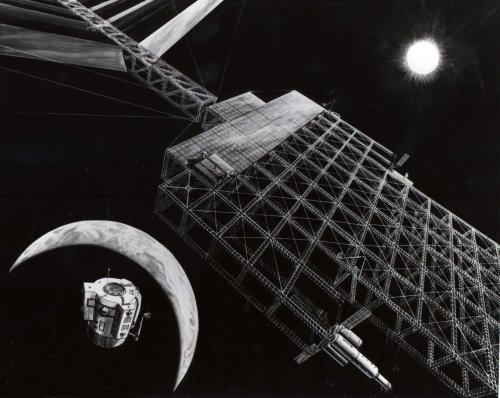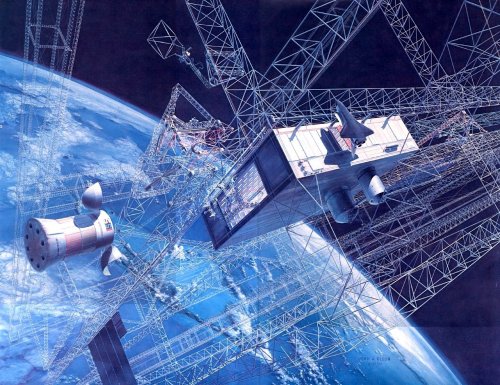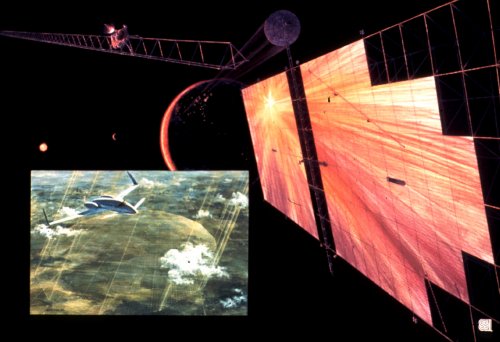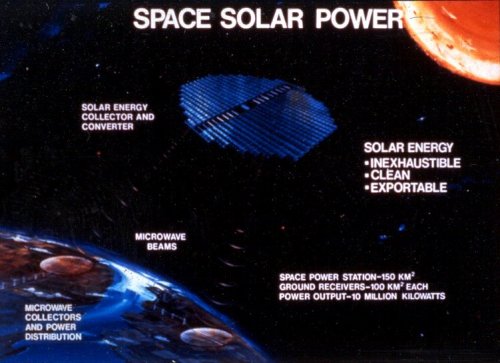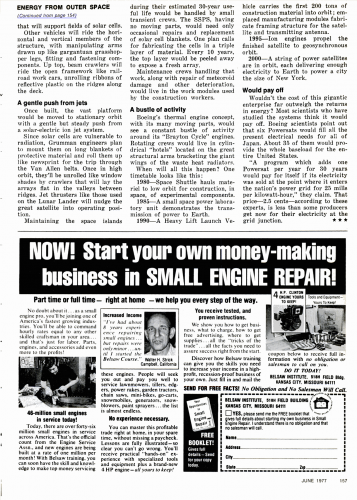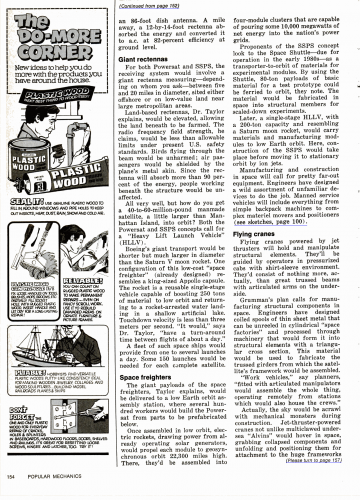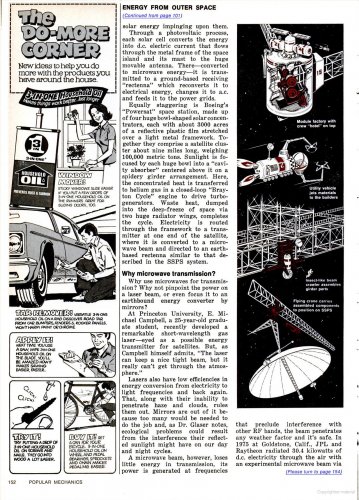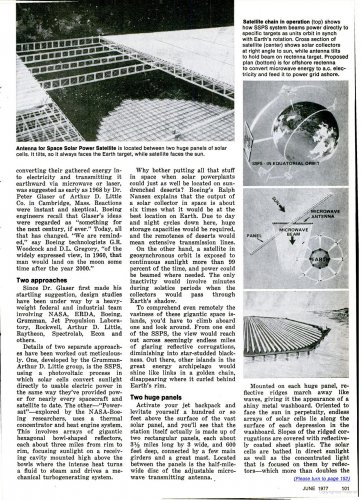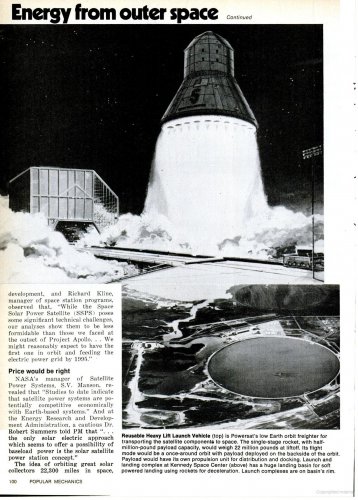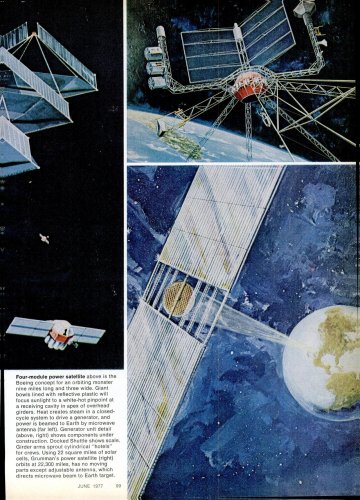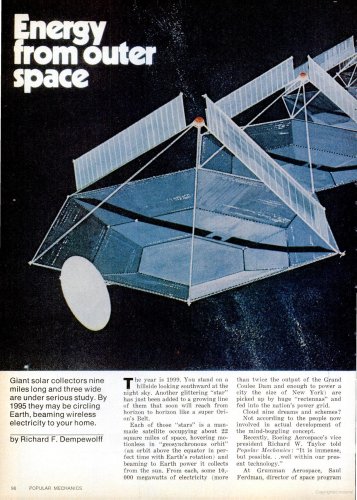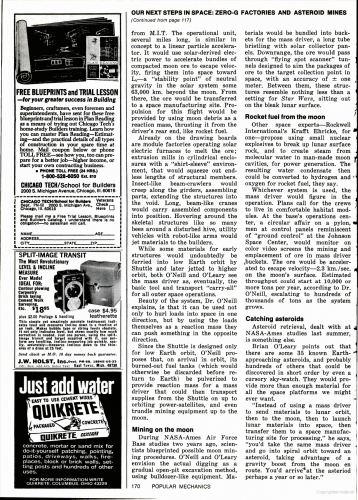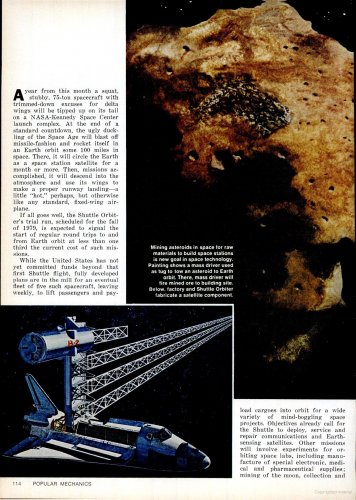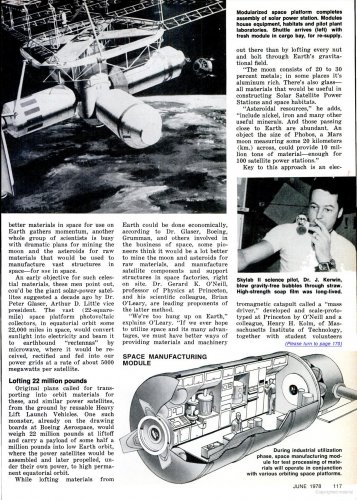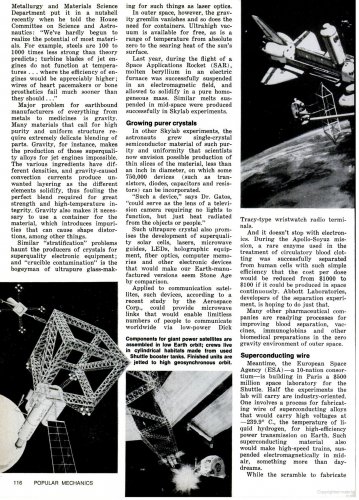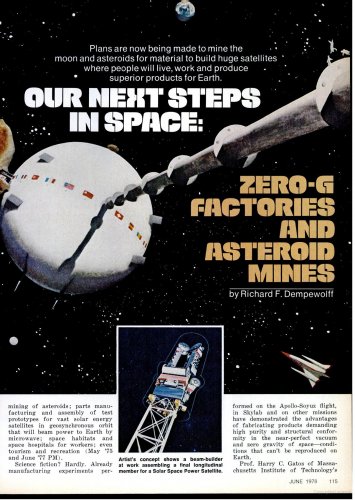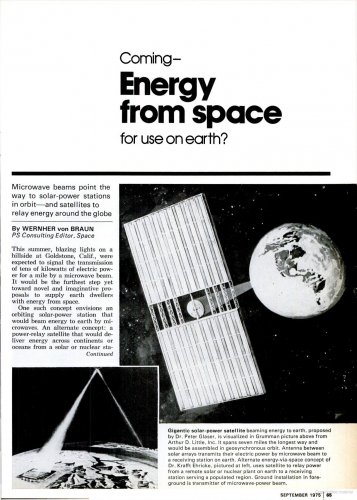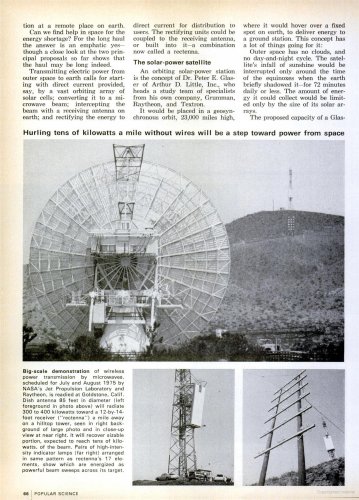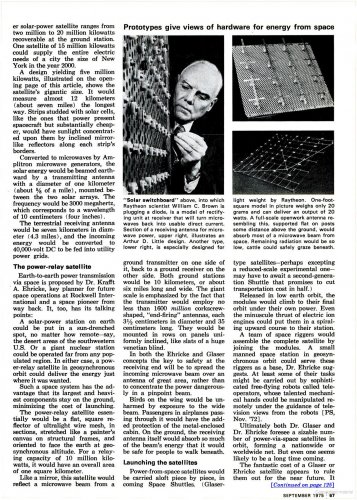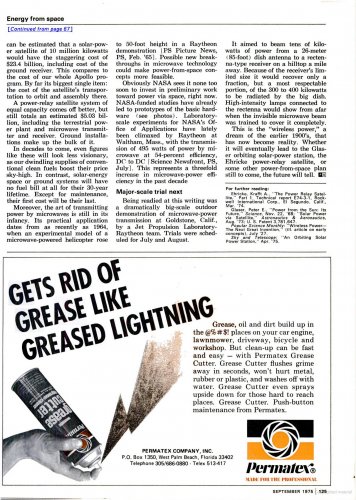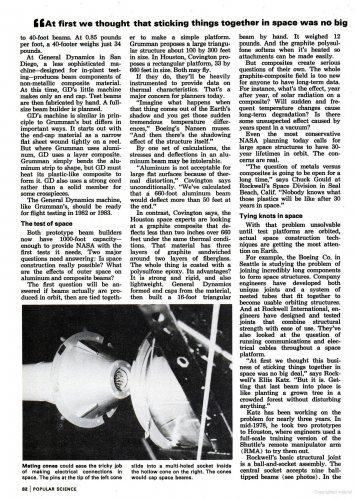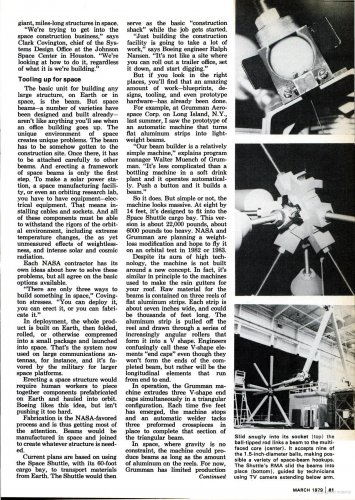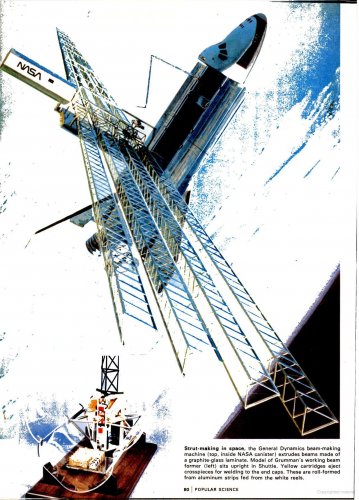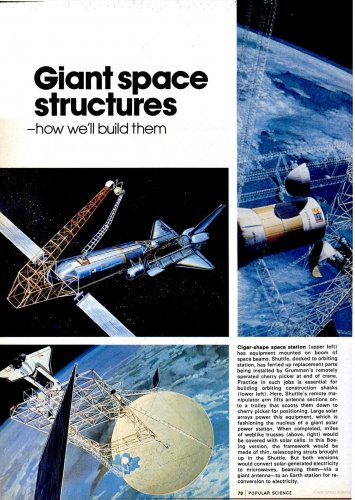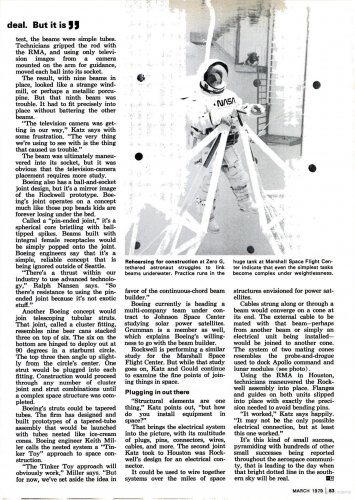ozmosis said:
Michel Van said:
ozmosis said:
Now we just need to know:
A. What % of the USA would the SPS power and then
B. Whatever that percentage is, how many nuclear plants would be required to equal that and what would their cost be
to B:
the finland reactor Olkiluoto block 4 (European Pressurized Reactor)
It will cost 7,88 billion US Dollar in 2010 with have a output around 1,8 million kW(e)
But we have to see the Cost of 1978 expert report in value of 2010 US Dollar
that
325 Billion US dollar in 2010 for: Infrastructure, Boosters, Space stations, Tugs and first Prototype in GEO
with that money, you can build 41 European Pressurized Reactor with total output of
73,8 Million kW(e) vrs the
10 Million kW(e) of SPS prototype...
So then does that mean Nuclear power is a much better option than SPS, or am I missing something here?
yes and no
it easyer and cheaper to build nuclear reactors as SPS in space
but there one big prisetag on Nuclear power:
disposal of Nuclearwaste is expensive
that's get this stuff out the hardware, put into barrel, transport and storage for tausend of Years
data cost from German:
Demontage of nuclear reactor over 30 years: 1,6 billion Euros 2,318 Billions US Dollars in 2010
Dry cask storage transport inclusive police protection: 3 billion euros 4,345 Billion US dollars
a deep geological repository for radioactive waste: 6 billion euros 8,691 Billion US Dollars in 2010
makes in total 10,6 Billions Euros or 15,354 Billions US Dollars
with 41 European Pressurized Reactor build for 325 Billions Euros
we need 434,6 Billions Euros for the clean up
Total cost:
759,6 Billions euros or 1100 Billion US Dollar

